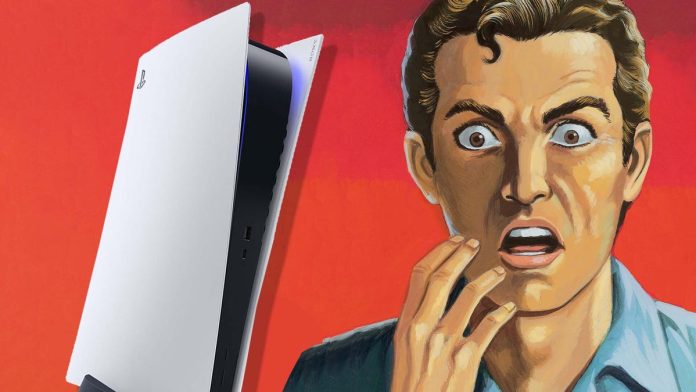Gaming seems destined for an all-digital future, but even as players overwhelmingly buy games digitally, they still appear to be opting for consoles with disc drives over ones without them. According to recent data on the current state of the console race, digital-only PlayStation 5s appear to be the least popular hardware this generation.
On Wednesday, market research firm Circana released lifetime sales breakdowns between regular PS5s and those without disc drives, as well as the Xbox Series X and S. “Xbox Series X consoles comprised 58% of total Xbox Series units sold in September, and account for the majority of Xbox Series units sold life-to-date (51%),” industry analyst and Circana executive director Mat Piscatella wrote on Bluesky. “40% of total PlayStation 5 hardware unit sales in September came from Digital PS5 consoles. Digital consoles now comprise 18% of total life-to-date unit sales of PS5 hardware.”
Sony’s last reported sales figures for the PS5 as of August indicated 61.7 million total units sold. That means roughly 50.6 million of those were disc-capable models and only 11.1 were all-digital. Microsoft doesn’t release official numbers for Xbox sales, but data firm Aldora Intelligence told The Wall Street Journal last month that it estimated about 28.3 million Xbox Series X and S consoles had sold so far, which is in line with other reports of the PS5 outselling them roughly two to one. Using Circana’s percentages, that comes out to roughly 13.9 million all-digital Series S consoles and 14.4 million of the Series X. By a narrow margin, both are still more prevalent than the disc-less PS5.
Why is that exactly? One reason could be that unlike the Series S, which is normally only $300 and frequently on sale for much less, the digital-only PS5 started at $400 and actually got a price hike to $450 when the new slim model replaced the launch edition. The console is even more expensive in Japan, where Sony recently raised the price even more. Sold separately, the optical drive is $80, making it more expensive than the $500 PS5 with a disc drive already installed for anyone who decides to upgrade later.
Another reason could be that even though most players are buying games digitally, many of them still own older games from the PS4 generation physically, or want to have the option of using their PS5 to watch Blu-rays. Even if they never actually pop a disc into their console, the habit of doing so in the past might be driving players to opt for consoles with disc drives, at least for now. It’s also worth noting that certain games, especially first-party Sony blockbusters like God of War Ragnarök, sold more copies physically than digitally.
Maybe this proves that even if players continue opting for the convenience of digital downloads, they’ll still keep the dream of physical games alive by continuing to opt for consoles with disc drives. Based on the numbers above, all-digital PS5s and Series S combined only make up 27 percent of the current high-end console install base, and we’re already approaching the end of the four-year mark of this generation. Then again, maybe the data is just a lagging indicator demonstrating a last gasp of old gaming habits rather than enduring preferences. That’s certainly the story the gaming section at your local big box store would tell you.
There’s already fear that both Sony and Microsoft could move to all-digital consoles being the only option at some point in the future. Some analysts have predicted that Microsoft will make that jump with its next console, while Sony waits one more generation to do so. In the meantime, physical games make up an ever shrinking part of the market, but they still sell tens of millions of copies every year. As long as there are at least some diehard fans out there buying them, maybe console manufacturers will have an incentive to keep including disc-drive options.

